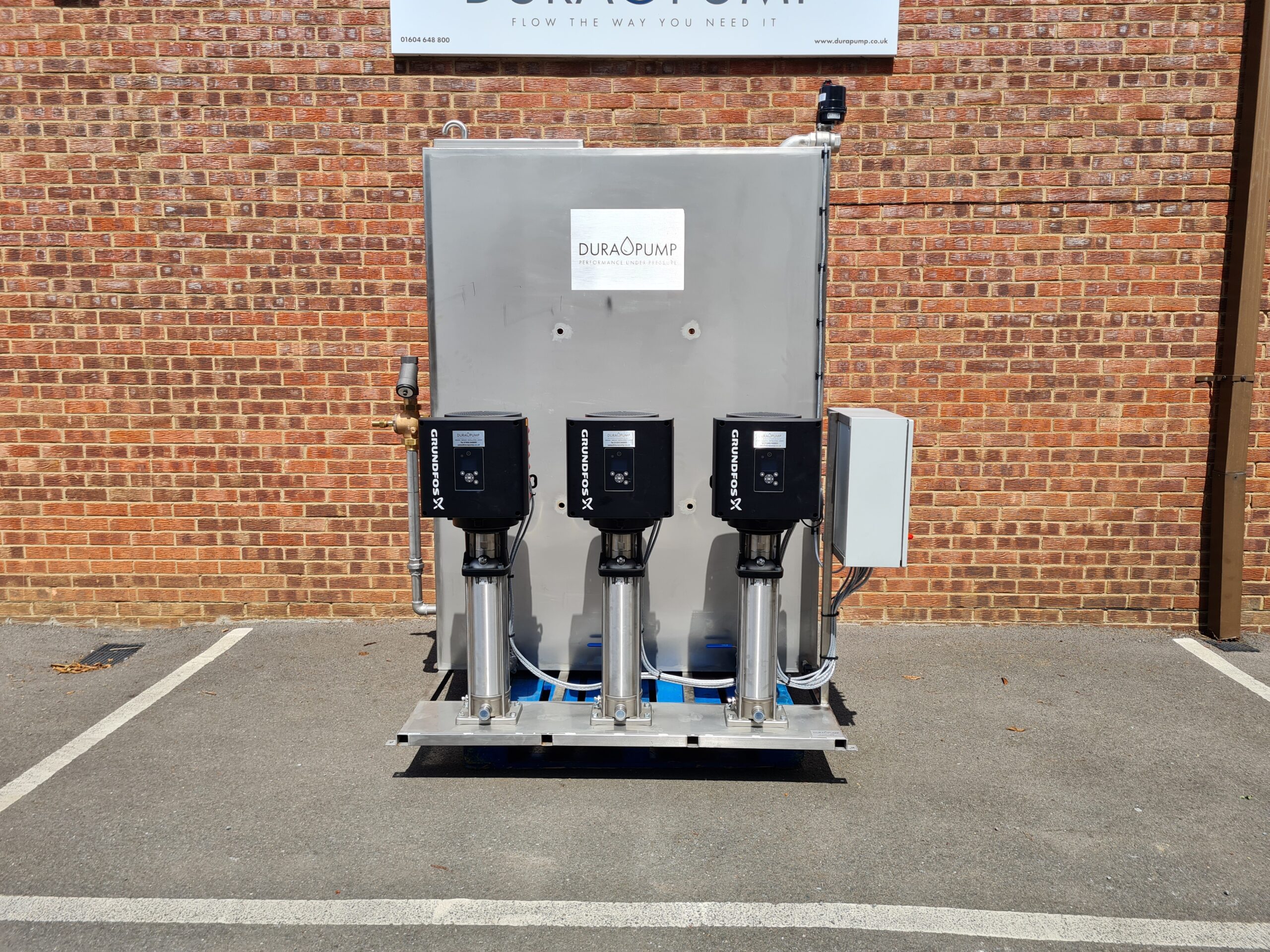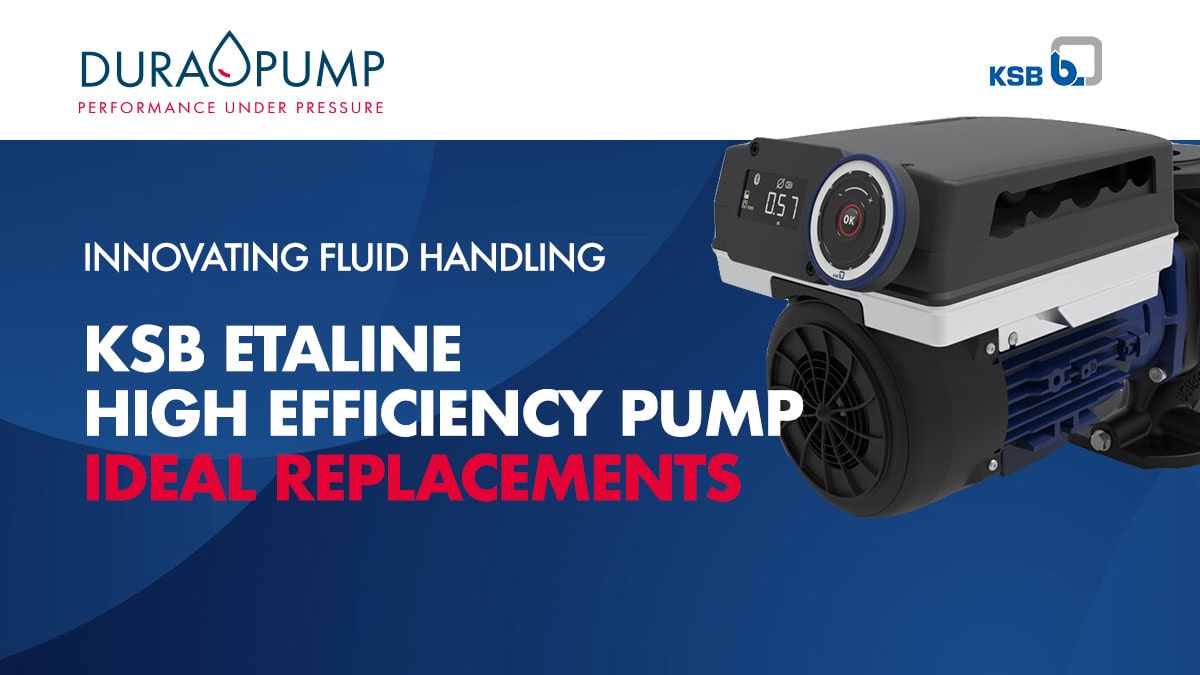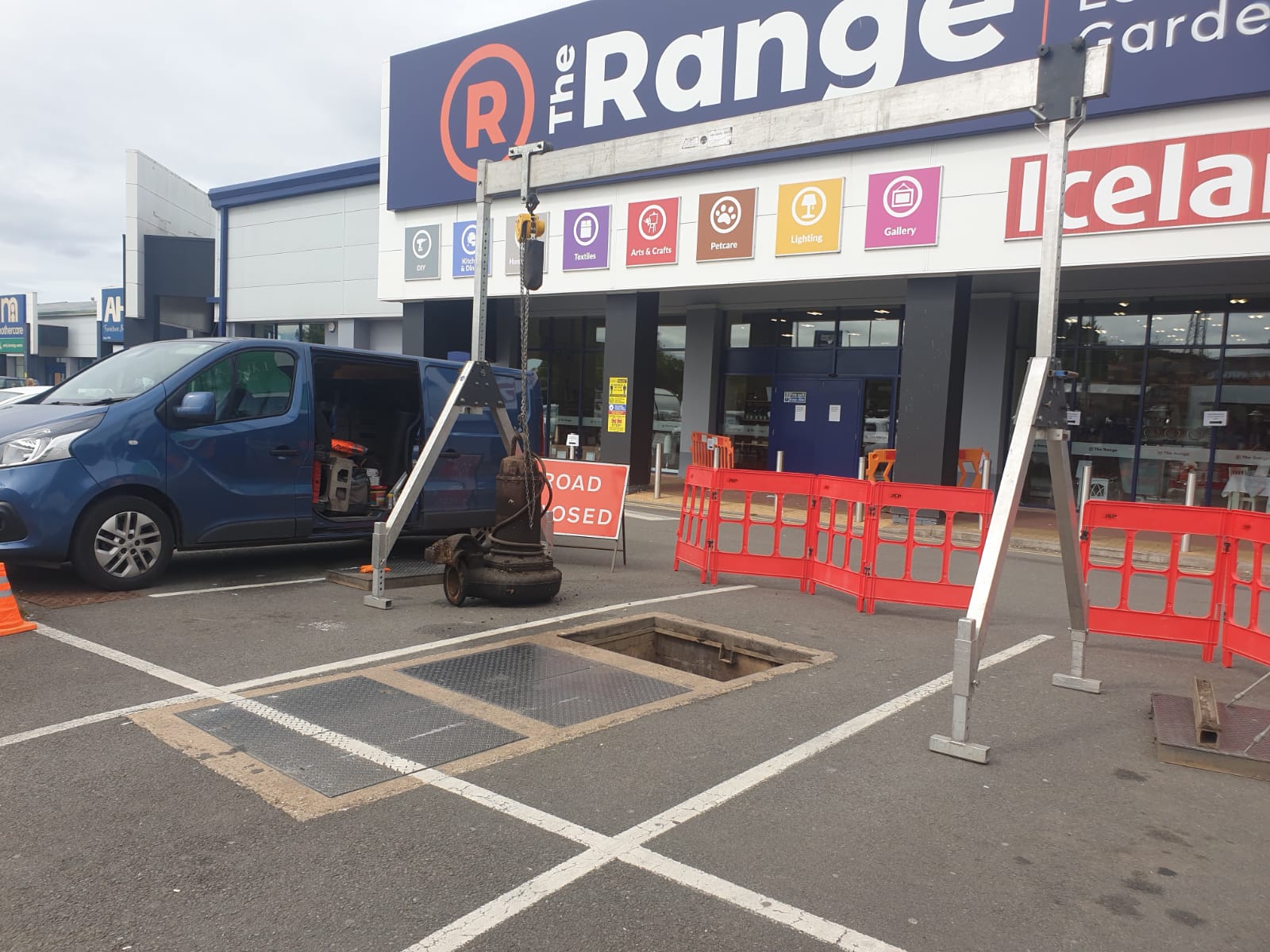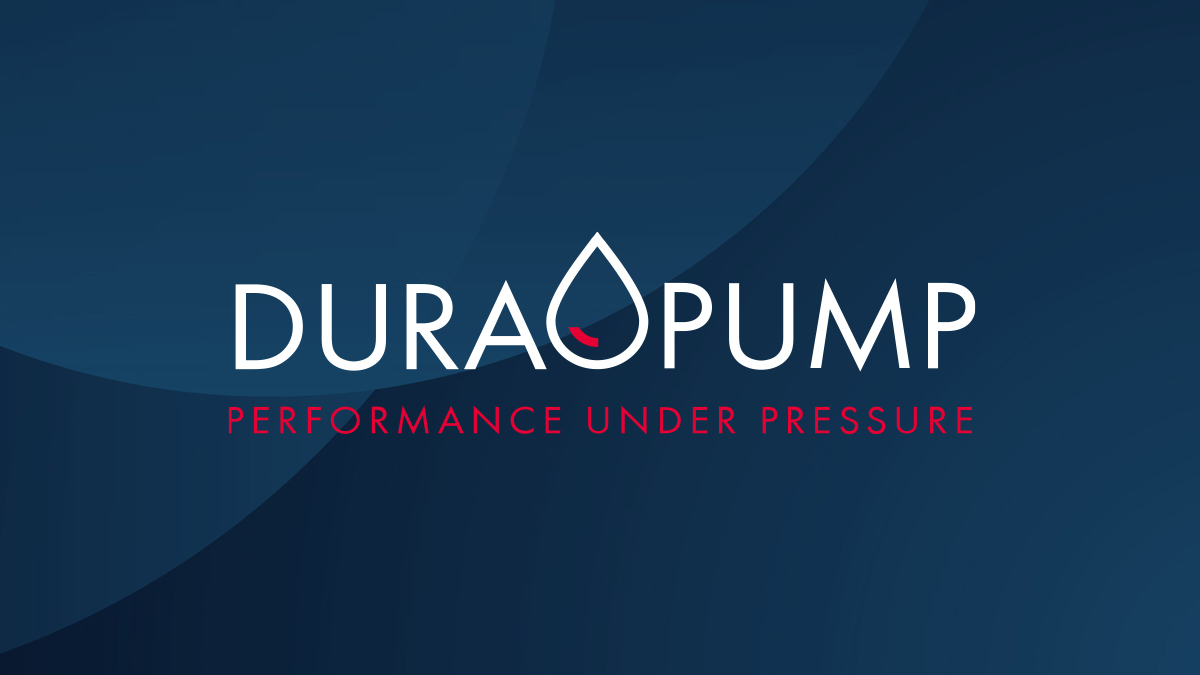How to Build a High-Pressure Booster
 Posted on 6th September, 2022 by Ozz
Posted on 6th September, 2022 by Ozz 
High pressure booster sets in industrial applications are typically used for washing down systems. Due to sites’ unique requirements, often a custom-built booster set is the ultimate solution to provide the exact requirements needed for tailoring site needs to the system.
When designing a booster set that is over 20 bar, particular consideration should be given to the following:
- Pressure vessels
- Pipework
- Non-return valves
- Isolation valves
- Pressure sensors
Pressure vessels on a 20 bar or 40 bar booster set should be correctly rated and ideally filled using nitrogen, as this is an inert and stable gas that does not affect metal. Also, with a very low dew point of -58 degrees, this stops moisture occurring and prevents condensation.

The prevention of condensation removes all compressed air, meaning corrosion cannot take place. This creates reliability to a critical path in the system, ensuring the system is protected correctly via the pressure vessel.
Pipework we recommend stainless steel rated to the correct pressure to match the booster set. This can be threaded for smaller size pipework typically up to 2” and thereafter welded pipework with flanged connections is recommended.

Always remember that the system flanges will need to be rated to PN25 for 20 bar and PN40 for 40 bar. Also, remember to allow for the pressure transducer socket on the discharge manifold and an outlet for the pressure vessel. Where two or more pumps are connected together, the manifold should be a larger size then the suction of each pump to stop cavitation and suction restrictions.
Non-return valves can either be brass or stainless steel with the correct PN rating. These are readily available in PN63 rating which covers most applications. It is recommended to over rate these as they are a very common failure point on high pressure systems.

For isolation valves, we recommend stainless steel lever ball valves. These are readily available in PN63 ratings which cover most applications. We have proved the ball valve to be more reliable than the traditional gate valves due to the inside configuration and the handle on top can be used for leverage.
For energy savings reasons, high pressure wash down systems are normally controlled by inverters via a pressure transducer. There are many different measurement ranges on pressure transducers, so the correct rates need to be selected. For example, for a 20-bar booster set you would need a 0-25 bar range pressure transducer. If you use a 0–10-volt transducer you can split the signal and share it to a number of inverters.
Start Your Own booster Set Project With Dura Pump
Is your organisation facing a growing demand for more water? Are you concerned about meeting requirements for constant water pressure? If you answered ‘yes’ to either of these questions, a Custom Booster Set from Dura Pump could be the solution you’re looking for. To get started, browse our products now or learn more about our Custom Booster Set services.




